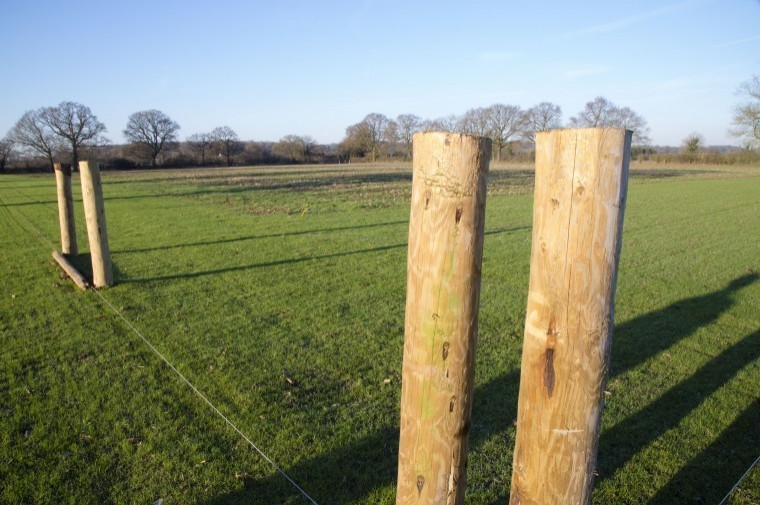The ‘Hands Free Hectare’ project, which will see a crop exclusively farmed by robots for the first time in the world, is well under-way, with the team having already selected the key machinery required to reach their goal.
The team of three engineers aims to grow and harvest a hectare of spring barley without setting foot into the field. Since the project launch in October, the team have been busy determining the specifications for the equipment, along with purchasing.
Jonathan Gill, researcher at Harper Adams University, said: “We’ve created a prototype and tested the automation system on an electric all-terrain vehicle in the field. We’ve proved that it can drive up and down in a consistent straight line; this is what we aim to achieve during our first task of planting the crop.”
The next steps are to incorporate this system onto the Iseki tractor that will be used by the team for drilling and spraying.
Jonathan added: “The project, and engineering as a whole, comes down to specifications and this is definitely true with this project. The requirements of the entire system need to account for the crop row spacing, even the shape of the field, to coordinate with the tractor and machinery available.”
Martin Abell, from Precision Decisions, the project’s industry partner, said: “The selection process has been very important and time consuming.
“The drill that we’ll be using is a vineyard drill which is normally used to add green manure (cover crops) between vines to help the soil retain nutrients. The coulters and seed metering mechanism are identical to those used on conventional versions of the drill and so it suits our application perfectly.
“The spray system that we’ve selected is not only appropriate for the tractor, giving sufficient capacity to cover the area, but also works with common agricultural practices.
“We’re going to use a conventional sprayer controller, the same system that can be bought by a farmer. This means the sprayer will be a self-contained unit, looking after itself while the tractor navigates the hectare.
“We’ve also turned our attention to safety. It is incredibly important that we have safety systems enabled in the unlikely situation that something goes wrong. The machines will not be radio-controlled but act autonomously. We’ve found laser scanners which will monitor the front of the tractor and stop it should anything be too close.
“It’s been a challenge to find systems that work with our vehicles in conditions that robots aren’t normally put in. For example, actuators supplied by Linak, help to control the transmission and other functions in tough environments.”
Alongside preparing the tractor for drilling in a couple of months’ time, the team are also focusing on creating a mission control. This will provide a platform to see the field in real-time and supplement feedback from the robots whilst working.
Due to the popularity of the project, the engineering department are helping the project by providing a camera that will be fixed to the outside of mission control. Here they are hoping to ‘live-stream’ important events in the field. They anticipate that they can use renewables to power the cameras.
Jonathan commented: “We’ve had more in-kind sponsors join the project since we started in October. They are very excited to be a part of this project and have been incredibly generous. We’re very thankful for their help.”
Martin added, “It’s great to see more people believing in, and wanting to support the project. Now that we are a quarter of the way through, I feel that people can really see we have the momentum behind us to make this project work.”
Follow the team’s progress on their website (handsfreehectare.com) and via social media – Twitter (@FreeHectare), Facebook (@HandsFreeHectare), YouTube (Hands Free Hectare HFH)
Pictured: The site as it currently stands




